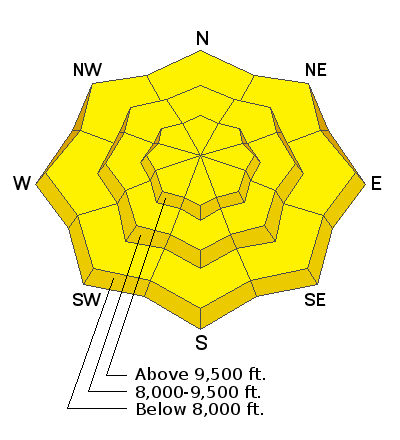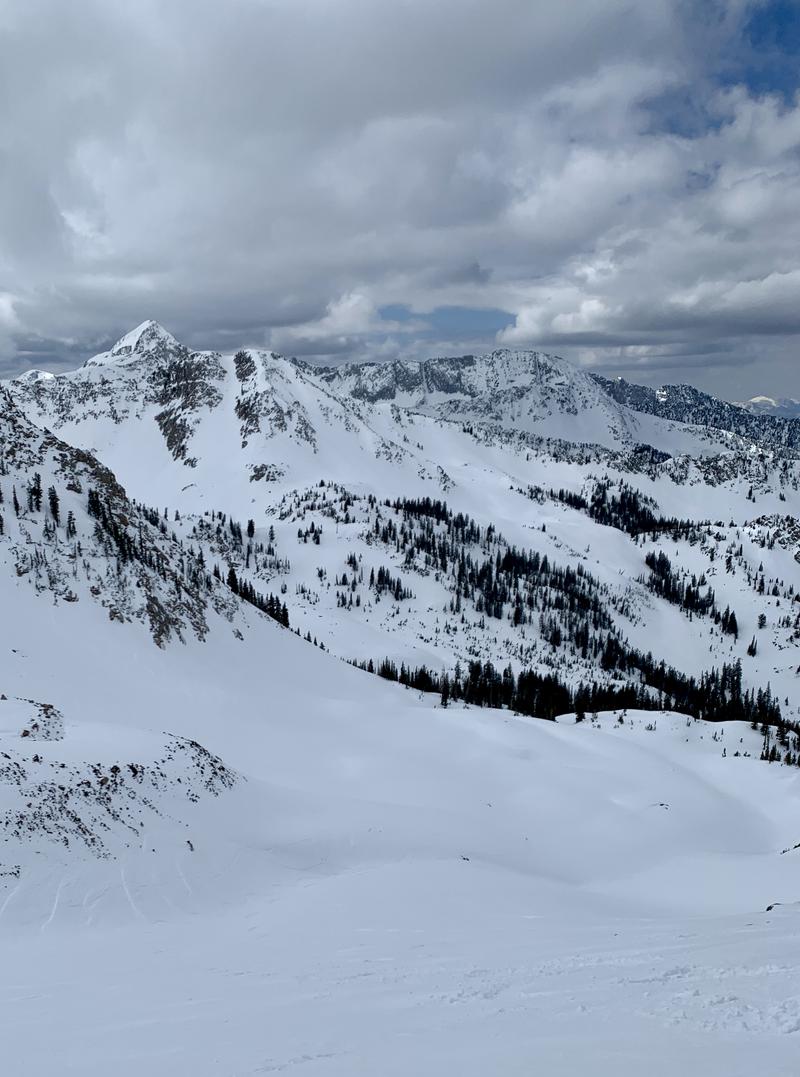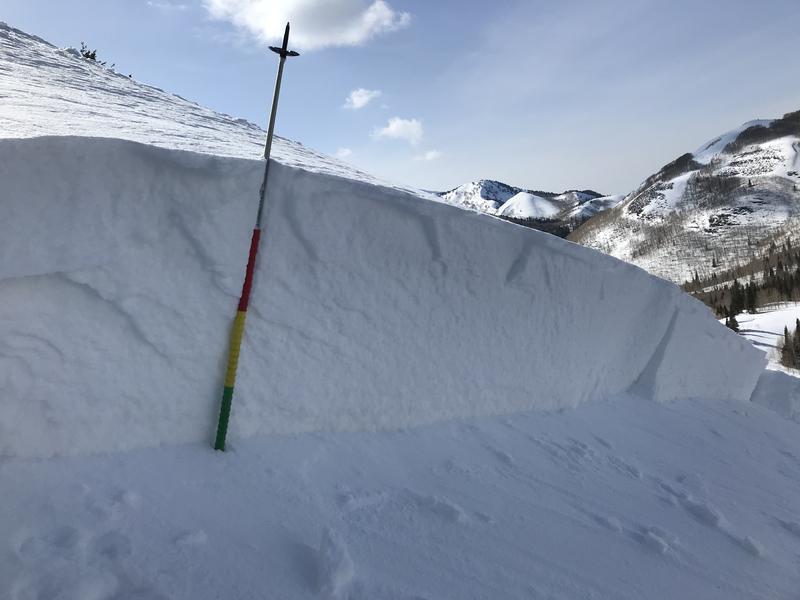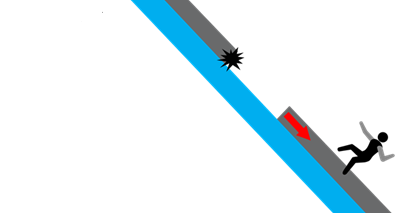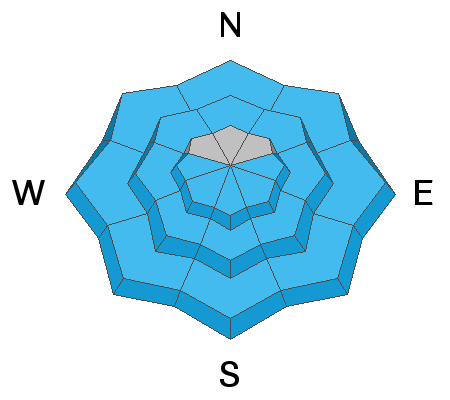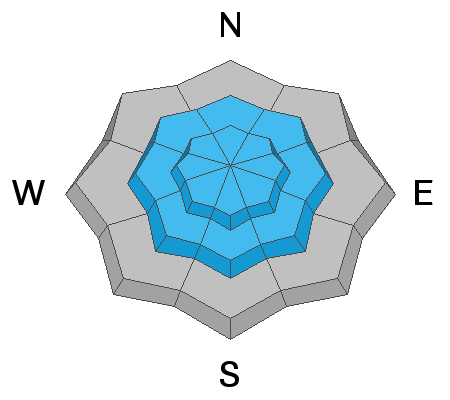A new piece called "
A Reckoning " talks about the recent string of human-triggered avalanches. If you missed the essay Deus Ex Machina, published just at the onset of close calls and accidents, you'll find it
HERE>
Please help support avalanche forecasting throughout Utah.
Donate to the Spring Campaign to help raise the funds to support the forecasting you rely on.
Skies are partly cloudy. Winds are light but they've begun to back to the west ahead of tomorrow's storm. Temperatures are in the low to mid-20s.
Travel is easy with excellent coverage, particularly in the upper elevations. Base depths are 80-105" in the upper Cottonwoods and 50-80" along the Park City ridgeline. The mid-week storm of 2-4" added a little window dressing to the landscape, but wind, sun, and thermal crusts abound. Still, one can find good riding conditions in the sheltered terrain. Enjoy.
Looking west in upper White Pine of LCC yesterday
For today, expect the winds of change. Winds will continue backing to the southwest and I expect to see wind speeds of 30-40mph with gusts to 60 by late afternoon. Temperatures will rise into the mid-30s up high, the mid-40s down low. Mid and upper level clouds will begin to stream in throughout the day. Tomorrow's cold front crashes through mid-morning and while the storm looks like it is splitting apart, we may still pick up 4-8" by Sunday afternoon. We'll see.
We received a late report of a significant avalanche from Thursday. This avalanche was remotely triggered on the third trip up the skin track near West Deso. The party of four collapsed the slope, triggering the 3' deep and 200' wide avalanche on a northeast facing slope at 9100'. West Deso is in upper Mill D North of BCC.
- Explosive testing triggered one avalanche into weak faceted snow on a steep northeast facing slope at 10,500' in mid-BCC.
- UDOT BCC reported a new shallow wet slab avalanche on Mineral Slab at 7600'.
Find all the observations
HERE.
Greg Gagne's Week in Review is published and can be found
HERE.

